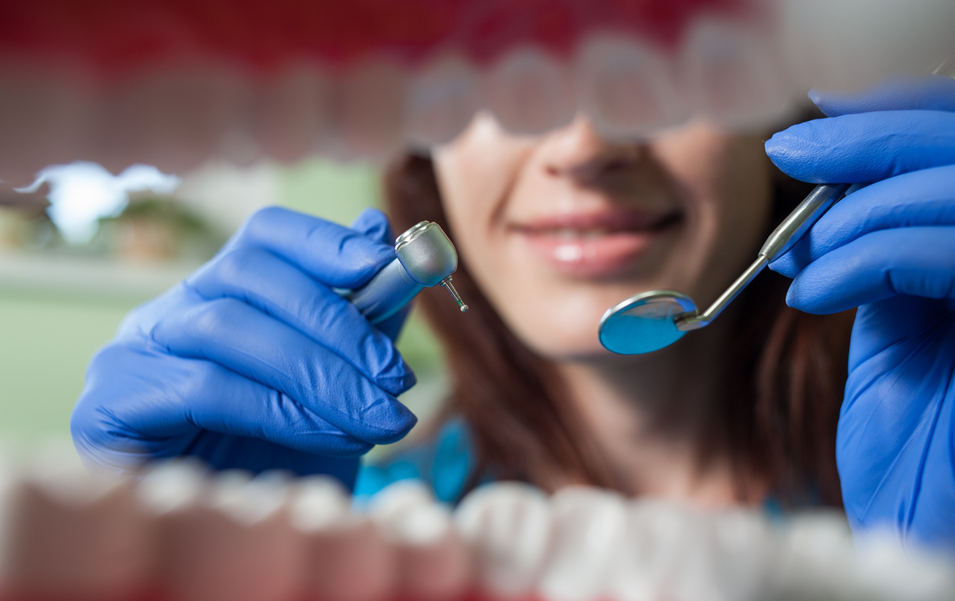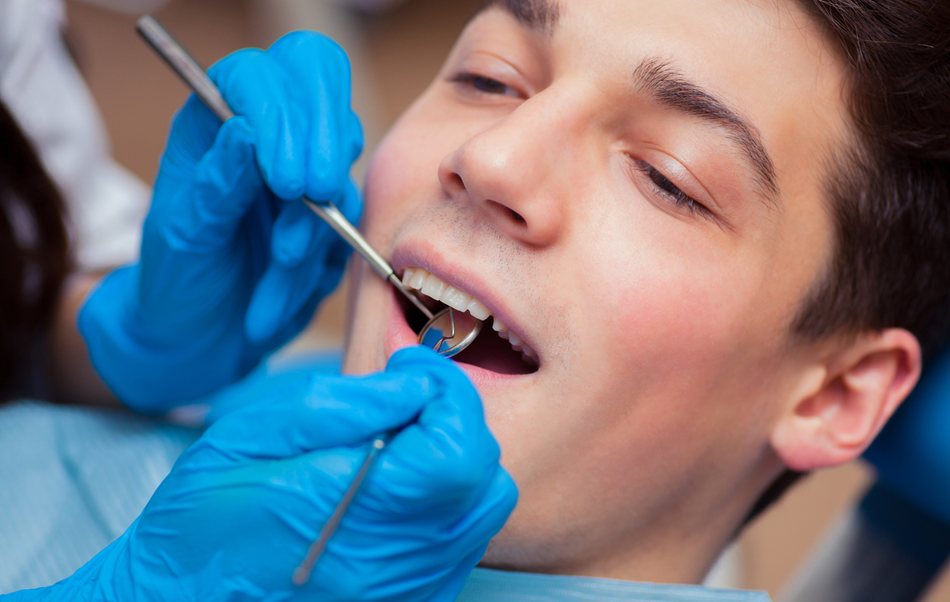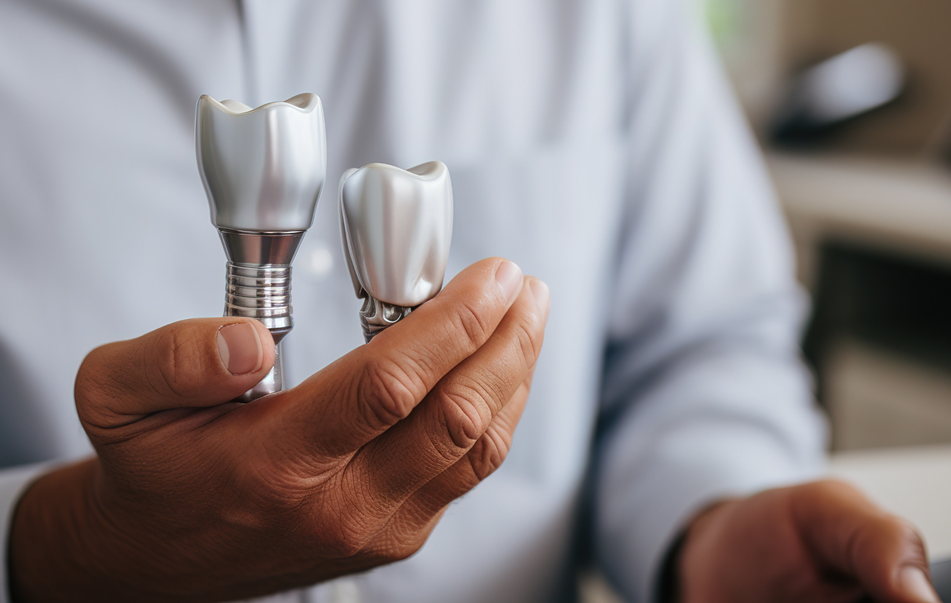Understanding the Potential Challenges of All-on-4 Dental Implants
 Admin - Dental Implants » Prosthodontics
Admin - Dental Implants » Prosthodontics
 Feb 2, 2024
Feb 2, 2024
All-on-4 Dental Implants Issues
Dental implants have revolutionized the way we think about replacing missing teeth, and the All-on-4 system is no exception. However, as with any medical procedure, there can be potential challenges and complications with these types of implants. Oral health seekers considering or currently having All-on-4 dental implants should be aware of common issues that may arise. This article aims to explore some of these challenges in-depth.
Adjusting to the Feel of All-on-4 Implants
The All-on-4 dental implant system is designed not only to replace your teeth but not to compensate for any loss in gum tissue and bone density. This leads to a design that includes a pink component mimicking the gums and may result in a slightly bulkier feeling compared to natural teeth. Zygomatic implants may also contribute to this sensation due to the additional thickness of the bridge on the upper side.
Because All-on-4 implants are connected in a solid horseshoe configuration, unlike individual natural teeth, they provide crucial cross-arch stability. This connection is vital for long-term success, though it could also contribute to a sense of bulkiness, particularly in cases of severe bone loss or pronounced underbites or overbites.
Material Durability and Breakage
No dental bridge is indestructible, and All-on-4 implants are no exception. Zirconia is often the preferred material for these dental bridges thanks to its durability. To prevent fractures, the bridge must be crafted with enough thickness from the gumline to the crown and designed to be easily cleanable.
Fractures in All-on-4 implants often result from bite issues or insufficient material thickness. Hybrid acrylic fused to metal bridges, also known as “hybrids,” are more prone to fractures since acrylic is a form of plastic, leading to breakage or wearing down. It’s worth noting that the implants set into the bone can fracture as well, particularly when composed of softer materials which might be more prevalent in certain brands.
Zirconia Weight Considerations
Although not a widespread issue, some individuals might initially notice the weight of a zirconia All-on-4 bridge, given that it is denser than acrylic. This sensation typically diminishes as one acclimates to the bridge. A properly measured facial structure should prevent any discomfort, barring intentional teeth clashing that could cause a noticeable sound.
Implant Failure Post-Bridge Insertion
Though not common, dental implants can sometimes fail after the bridge has been inserted. If this occurs at the mid-portion of the bridge, the remaining implants might be able to bear the load. However, failure at an end implant could potentially mean remaking the entire bridge, though there are innovative solutions to mitigate this issue.
Dealing with Bone Loss and Gum Recession
Over time, bone loss or gum recession can lead to the exposure of the implant or abutment metals. While this might be intentional to facilitate cleaning, if it happens due to thinning tissues, corrective gum grafting might be necessary. Starting with thick, healthy gums can help prevent or minimize such issues.
In conclusion, All-on-4 dental implants offer an effective solution for tooth replacement but require awareness of potential difficulties. Understanding these common concerns helps ensure patients are well-informed and prepared to address them, should they arise. As always, it is crucial to seek professional advice and engage in open discussions with your dental specialist about any treatment considerations.
Coping with Infections in All-on-4 Implants
Implant infections are a concern for anyone with All-on-4 dental work and can manifest shortly after surgery or even years down the line. Early infections typically respond well to treatment, but those that emerge later may lead to significant issues such as the loss of bone and gums (peri-implantitis) which underlines the importance of ongoing professional dental care.
Infections usually stem from gaps that form between the bone and gum tissue. To avoid such complications, patients must maintain rigorous oral hygiene practices daily and preferably abstain from smoking or vaping. Moreover, cases where gum disease re-emerges around implants suggest a need for targeted antibiotics during or just before the All-on-4 procedure to prevent bacterial damage. These infections are characterized as peri-implantitis or peri-implant mucositis.
Sensory Changes with All-on-4 Dental Implants
One notable difference with All-on-4 implants is the absence of nerves within the artificial teeth, impacting how you perceive your bite—a sensation known as “proprioception.” Although initially disconcerting, the sensation becomes more familiar over time. It’s important to note, however, that temperature sensitivity, such as to cold, will not be present, which isn’t necessarily a downside.
Potential Speech Adjustments
Alterations to speech patterns are another consideration following All-on-4 implant surgery. Generally, this adjustment phase is short-lived. The added thickness of the teeth may require patients to take a bit more time in becoming accustomed to speaking normally. Such challenges are often mitigated through pre-surgical planning which can include facial and digital scans to model the implants. Should speech issues persist, a consultation with a speech therapist might be beneficial.
Ensuring Adequate Lip and Facial Support
One critical aspect of All-on-4 restorations is ensuring natural support for the lips and face. This depends heavily on accurate pre-treatment assessments and precise bone leveling during the procedure. Ideally, the fixed bridge should provide sufficient support without resorting to removable prosthetics. While facial scanning technologies greatly aid in customizing the alignment, some patients may still require additional treatments like skin fillers if wrinkles remain pronounced.
It’s crucial too that the teeth are tested with prototype models to ensure that the lips and facial structure are adequately filled out to avoid imbalance such as excessive lip or tongue biting. Additionally, dental professionals strive to conceal the “transition line” where natural gums meet the implant gums, ensuring a seamless smile without the appearance of caved-in features. Achieving the desired facial aesthetics is a fine balance—an art form that experienced dentists aim to perfect.
Regrettably, there’s a growing number of patients encountering complications with their All-on-4 implants. The pivotal first step in addressing such issues is to arrange for a detailed consultation. This enables the discussion of potential solutions and the planning of follow-up treatments to rectify any problems with the implants.
For those who have chosen or are considering All-on-4 dental implants, understanding these nuances and preparedness for the road ahead is essential for a successful and satisfying outcome.
Trending News
-

New Device Detects Gingivitis Early Admin
-

Non Toxic Dental Fillings : BPA, BHT, HMBP, DPCL, TPSb, HEMA, TEGDMA Free Admin
-

Essential Questions for Your Oral and Maxillofacial Surgeon Admin
-

Why Root Canals Fail? | The Usual Suspects Meredith Y. Newman Endodontist Fresno
-

Exploring Dental Implants as a Tooth Replacement Option Admin
